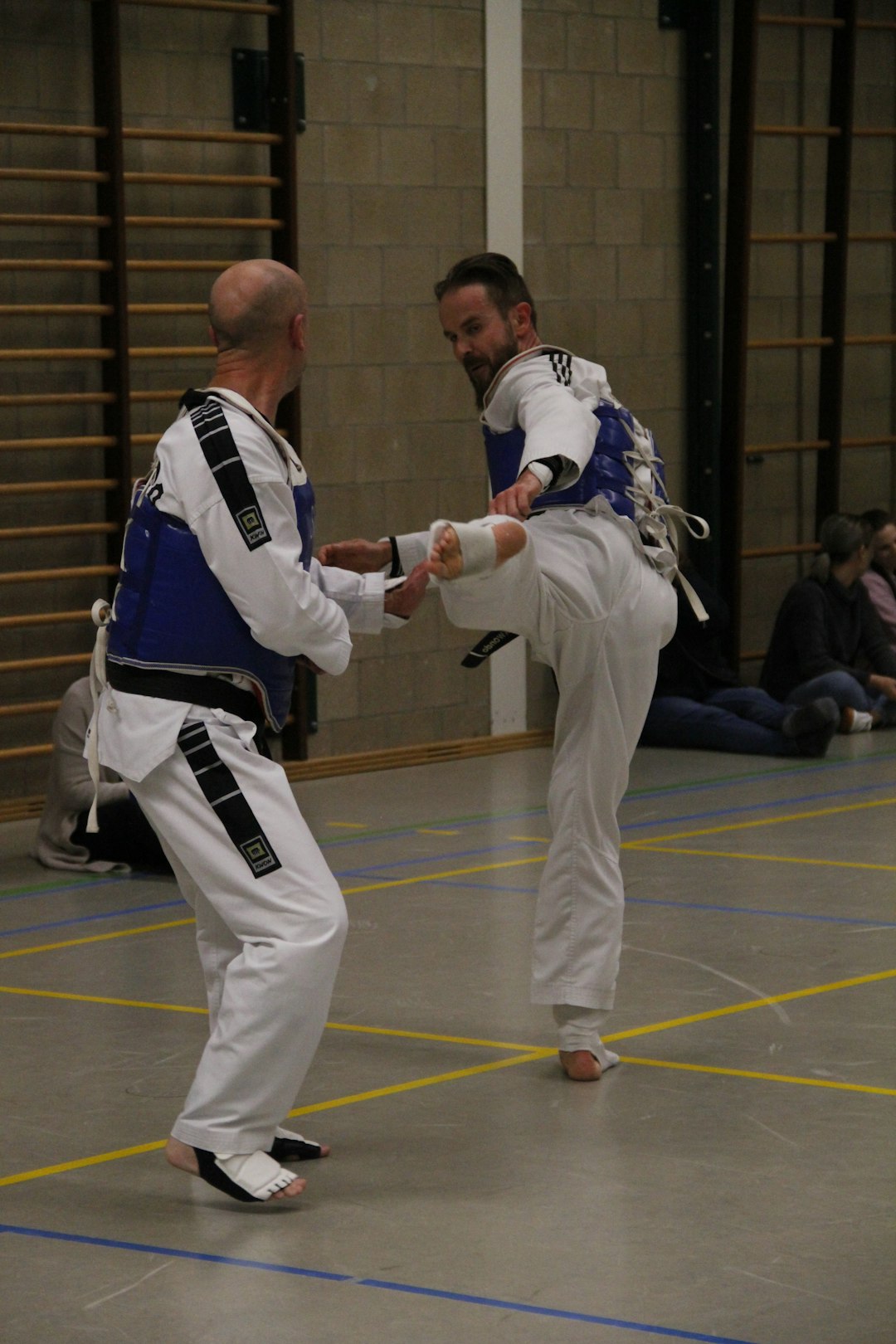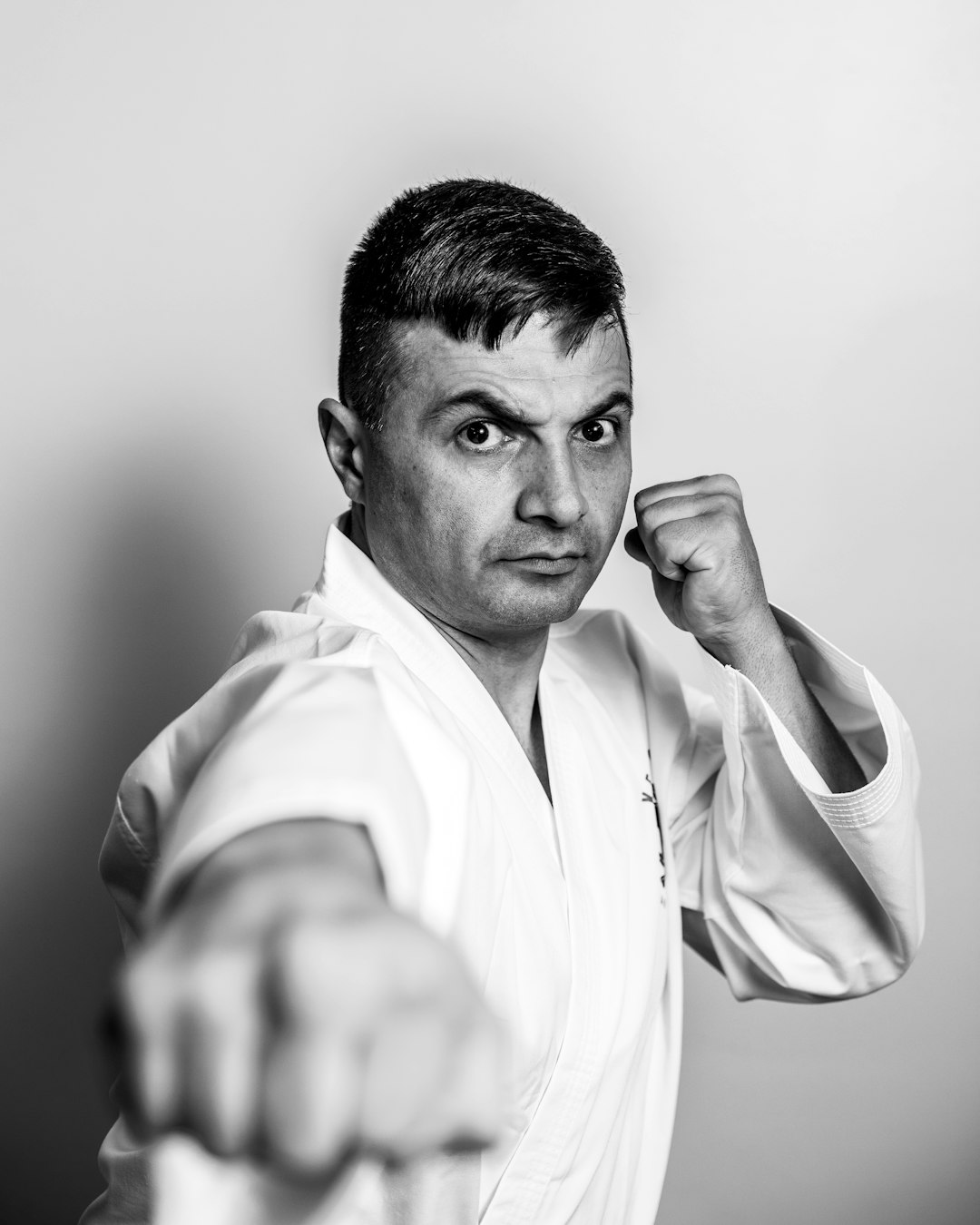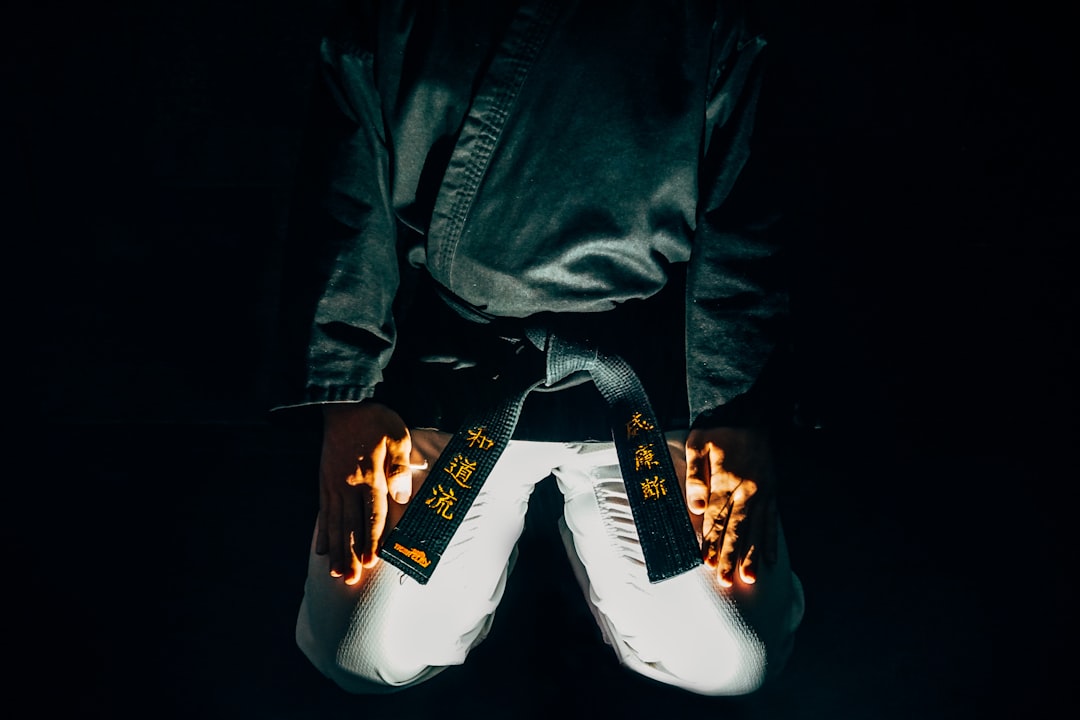The article clarifies that the karate practitioner's attire is properly called a 'Gi' or 'Karategi,' emphasizing the importance of this term for its respectful connotation and accuracy in representing the traditional martial arts uniform. The Gi, originating from Japanese traditions like judo and kendo, has been tailored to meet karate's specific requirements, with modern iterations featuring adjustments for better mobility, protection, and cultural significance. It is composed of a jacket, pants, and a belt that indicate rank, and the choice of lightweight, breathable fabric ensures comfort without compromising the essential elements of traditional karate training. Practitioners should select a Gi based on their skill level, with heavier cottons for advanced users seeking durability and lighter polyesters for beginners focusing on flexibility. The Gi's design includes reinforcements at elbows and knees and hemmed bottoms to prevent tripping. Ultimately, the karate uniform serves as both a functional garment and a symbol of respect and dedication within the martial arts community, with the right choice in material, fit, and style reflecting an individual's commitment to their practice and honoring karate's rich heritage.
Explore the essence of traditional martial arts practice through the lens of attire with our comprehensive article on the karate uniform, often colloquially referred to as a ‘gi.’ Delve into its origins, functional design, and how to select one that suits your needs. Whether you’re a novice or an experienced practitioner, understanding the karate uniform name and its significance is key to honoring the discipline’s rich heritage. Uncover the terminology, trace the evolution of the gi, and learn the characteristics that make it an integral part of martial arts training. Join us as we guide you through the process of choosing the right karate uniform for your practice.
- Unveiling the Terminology: What Is a Karate Uniform Called?
- The Evolution of the Karate Gi: A Historical Perspective
- Characteristics of the Karate Gi: Fit, Fabric, and Functionality
- Selecting Your Gi: Tips for Choosing the Right Karate Uniform
Unveiling the Terminology: What Is a Karate Uniform Called?

When participating in karate, one essential piece of equipment is the uniform worn by practitioners. Often, there is curiosity about the specific term used to describe this garment. A common question among those new to the martial art is, “What is the precise name for a karate uniform?” The answer is straightforward: a karate uniform is commonly referred to as a ‘Gi’ or ‘Karategi’. This garment serves a dual purpose, both in competition and during training sessions. It allows practitioners to move freely while also being a symbol of respect and discipline inherent in the martial art. The Gi typically consists of a jacket and pants, often with a belt indicating the wearer’s rank. Understanding the proper terminology not only demonstrates respect for the tradition but also ensures that practitioners are equipped with the correct gear necessary for practice and performance. Whether you are new to karate or an experienced martial artist, knowing the name of your uniform is essential, as it reflects your commitment to the discipline and its customs.
The Evolution of the Karate Gi: A Historical Perspective

The term “karate uniform” is commonly referred to as a “Gi.” The evolution of the Gi within the practice of karate offers a fascinating glimpse into the historical and cultural significance of martial arts attire. Historically, the Gi has its roots in Japanese culture, originating from traditional judo and kendo garments. Initially, these garments were quite simple, consisting of a heavy cotton jacket and pants, designed to facilitate movement and provide durability during practice and competition. Over time, the design of the Gi has undergone modifications to better suit the needs of karate practitioners. For instance, what do you call a karate uniform? A Karate Gi typically features a lighter fabric than its judo counterpart, reflecting the less rigorous throwing techniques used in judo compared to the striking movements of karate. Additionally, the length of the jacket and pants has been adjusted for ease of motion, with many modern styles incorporating reinforced areas such as the elbows and knees for protection during practice. These changes have not only enhanced the functionality of the Gi but also maintained its traditional aesthetic, ensuring that it remains both a practical uniform for practitioners and a symbol of the martial art’s rich history and culture.
Characteristics of the Karate Gi: Fit, Fabric, and Functionality

When engaging in the disciplined practice of karate, the attire that practitioners don is known as a karate uniform, often referred to as a “Gi.” This traditional garment is not merely a garb but a symbol of respect and tradition within the martial arts community. The Gi typically consists of a jacket, trousers, and a belt, which together reflect the wearer’s rank. In terms of fit, a well-fitting Gi should allow for ease of movement without being overly loose, ensuring that the practitioner can execute techniques with full range of motion. The fabric of a karate uniform is usually made from lightweight cotton or a cotton blend, which absorbs perspiration and provides breathability during strenuous training sessions. This choice of material not only supports the athlete’s comfort but also adheres to the traditional standards of the martial art. Additionally, the functionality of the Gi extends beyond its composition; it is designed with specific features such as reinforced knees and elbows for durability during practice, and a hemmed bottom to prevent tripping or catching on the training environment’s surfaces. Does the karate uniform have a specific name? Yes, it is commonly known as a “Keikogi” in Japanese, which translates directly to “practice clothes.” What role does the fabric play in the functionality of the Gi? The fabric is pivotal as it not only upholds tradition but also ensures the practitioner’s comfort and mobility during training.
Selecting Your Gi: Tips for Choosing the Right Karate Uniform

When selecting your karate uniform, also known as a gi, it’s crucial to consider the material, fit, and style that will best suit your practice. The kiomono, or jacket, should be snug yet allow for a full range of motion, ensuring comfort and freedom as you execute techniques. Opting for a heavier fabric like cotton can provide durability for advanced practitioners, while lighter materials such as polyester might be more suitable for beginners due to their breathability and ease of movement. The pants, known as the hakama in traditional sets, should be hemmed appropriately to prevent tripping during practice. It’s also important to choose a color that aligns with your dojo’s requirements or personal preference; common choices include white, black, and red, each symbolizing different aspects of karate philosophy. When trying on a gi, make sure it fits correctly without being too tight or loose, as this can affect your performance and comfort during training sessions. Is the fabric of high quality and will it withstand the rigors of regular use? Does the cut of the gi accommodate your body type, providing a balance between form and functionality? By carefully considering these factors, you’ll be able to find a karate uniform that not only meets the traditional standards but also supports your karate journey.
In this exploration of the martial arts world, we’ve uncovered the terminology that defines a karate practitioner’s attire. The karate uniform, known as a gi, carries a rich history and serves as a testament to the discipline’s Japanese roots. From its early beginnings to the present day, the evolution of the gi reflects both functional design and cultural significance. Its characteristics—fit, fabric, and functionality—are pivotal in understanding the importance of selecting the right karate uniform for practice and competition. Whether you are a beginner or an experienced martial artist, choosing the correct karate uniform name is essential to your training experience. This article aims to equip you with the knowledge to make informed decisions when picking out your gi, ensuring that you are prepared to perform at your best.
